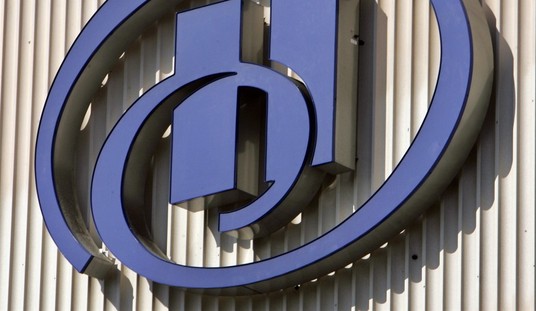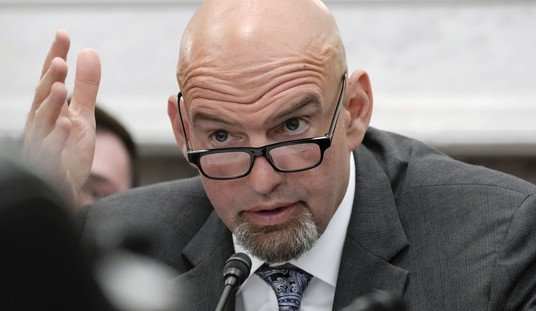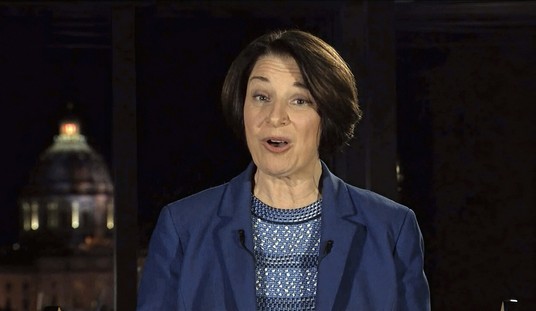Health and Human Services Secretary Kathleen Sebelius is in Tampa today, Monday, January 13, for an ObamaCare outreach event, and she owes Floridians an answer. Why should taxpayers have to bail out health insurance companies in the increasingly likely event that ObamaCare leaves them with financial losses?…
This is government favoritism and corporate cronyism at its worst, and it’s taxpayers that will pay the price unless we stop it…
Unfortunately, we can’t just take the administration’s word that it won’t happen. Congress has to act, and it should approve legislation I’ve introduced to repeal ObamaCare’s risk corridor provision and stop any bailout. At just a page long, my bill is simple but would instantly wipe away the taxpayer’s exposure to millions – and potentially billions – of dollars’ worth of a bailout for insurance companies.
If the only way ObamaCare works is with a taxpayer-funded bailout of insurers, it’s yet another clear sign that the law can’t survive and isn’t worth saving.
As Philip Klein notes, a recent article by Larry Levitt, Gary Claxton, and Anthony Damico of the Kaiser Family Foundation described an enrollment of 25 percent among 18-34 year olds as a “worst-case scenario,” estimating that insurers would lose money on these plans, because “overall costs…would be about 2.4% higher than premium revenues.”
2.4 percent may seem like a small number, but given that the average insurer has profit margins of 4 to 6 percent, a 2.4 percent loss on premiums—before we even count overhead costs—is a serious problem…
The national skew, now 49 percent, may come down to 35 or 40 percent, by the time we get to the end of the open enrollment period in March. But the bottom line is that insurers will still lose money on these plans. And there are other aspects of adverse selection. For example: are we seeing sicker participants within a given age group, regardless of age? Are the healthy people in the exchanges skewing towards high-deductible bronze plans, while sicker people buy more generous silver and gold plans?
Taxpayers will be on the hook for any increased costs.
Conservatives used to say Obamacare is socialized medicine. Now they say it is a “government bailout” of insurers.
The new claim is just as misleading and cynical as the old one…
The bailout analogy is potent. And it’s certainly accurate to say that, under Obamacare, some insurers may collect payments from the government to help offset losses. But the analogy breaks down after that…
The payouts from risk corridors … come directly from government funds and have no actual limit. But the risk corridors also build up government funds—in effect, by claiming some of the profits from insurers who reap unexpected windfalls. The Congressional Budget Office, in its overall cost estimates for the Affordable Care Act, assumed that the inflow and outlfow would be roughly the same, so that the risk corridor program as a whole would be budget neutral. Even if CBO’s prediction is wrong, and the government ends up spending more than it raises, the difference is likely to be modest. The formula for payouts calls merely for government to share in high losses or gains, not to take them on completely. It’s enough to protect the insurers, the thinking goes, but not enough to cause a massive outlay. Meanwhile, lower-than-expected premiums are likely to save the government much more money than the risk corridors would ever pay out.
Cohn is correct that the CBO estimated that the cost of the program to taxpayers would be zero because it figured that some insurance companies would over estimate patient expenses and others would under estimate them, and these over and under estimations would cancel each other out. Sort of like how banks who bought tons of mortgage backed securities estimated that some mortgages would go bad, others would be just fine, but as long as there was a normal mix the underlying assets would be fine.
But just as banks made a “grievous management error” by never considering what would happen if large percentages of the mortgages in mortgage back securities all went bad, the designers of Obamacare never considered what would happen if every insurer under estimated how much it would cost to pay for insurance claims. And if the current mix of Obamacare enrollees looks anything like the final mix, that is exactly what is likely to happen: all the insurance companies will qualify for payments from the risk corridor program and no one will be paying in.
At that point, under current law, taxpayers would be on the hook to pay off those all of those insurance company losses. If that isn’t a bailout, I don’t know what is.
The risk of a “death spiral” is over. The Kaiser Family Foundation estimates that if the market’s age distribution freezes at its current level — an extremely unlikely scenario — “overall costs in individual market plans would be about 2.4% higher than premium revenues.” So, in theory, premiums costs might rise by a few percentage points. That’s a problem, but it’s nothing even in the neighborhood of a death spiral.
That calculation, however, omits the transitional policies in Obamacare that help insurers keep premiums low as the risk pool sorts itself out over the first three years. Add those in, and it’s unlikely that 2015 will see any premium increase at all. Robert Laszewski, a consultant for the insurance industry, agrees. “I think the 2015 rates will be the rates you’re looking at today, more or less,” he says.
[M]y sense is that health plans, because they are so insulated from big losses, will generally stand pat with their 2014 rate structures for 2015––no matter how bad the early claims experience looks. I expect that the health insurance industry will be content to give the Obama administration one more chance to reboot Obamacare in the fall of 2014, when the 2015 open enrollment takes place.
But that is all the patience I see the industry having. While they will continue to be protected from losses in 2016, two years will be enough patience for them and they will be eager to at least begin to transition their rates to the proper level in 2016 rather than face a huge adjustment in 2017 when the reinsurance program ends.
[U]nless the demographics of the exchanges improve pretty quickly, the three temporary risk-adjustment programs are probably set to transfer a large hunk of cash to the insurance companies. That’s what the administration, and the insurers, want to happen; it’s how they are going to keep the insurers on board for 2015. Phil Klein at the Washington Examiner points out that Humana Inc.’s latest filing with the Securities and Exchange Commission warns of a “more adverse than previously expected” mix of customers enrolling through the exchange — but it doesn’t change its earnings forecast for 2014. So either it thinks its losses will be trivial relative to overall earnings or Humana thinks the chances of a bailout from the administration are basically 100 percent.
But while the business logic is obvious, the political logic is considerably more dubious. I was initially skeptical that a repeal of the risk corridors had any chance of getting through a Democratic-controlled Senate, but I’ve heard a persuasive argument that this is just so politically toxic that Senate Democrats, and even the White House, may well go along. The optics of funneling money to the insurers through these programs is absolutely terrible. And now they are asking the administration for more money — the insurers want the extra expenses that the exchange debacle has imposed excluded from calculating their “medical loss ratio” requirements, which mandate that at least 80 percent of their expenses go toward treatment, not administrative overhead. I think the requirements are pretty silly, as a policy, but they are extremely popular. Asking the administration for a break on this is almost begging members of both parties to beat the snot out of them. White House attempts to explain that it isn’t a bailout will be complicated by the fact that it obviously kind of is.
The GOP House should pass [an anti-bailout bill] and send it to Harry Reid’s Democratic Senate. Democrats know it could be fatal for Obamacare. The only alternative would be single-payer. And try selling that to the country after the spectacularly incompetent launch of — and subsequent widespread disaffection with — mere semi-nationalization.
Do you really think vulnerable Democrats up for reelection will vote for a bailout? And who better to slay Obamacare than a Democratic Senate — liberalism repudiating its most important creation of the last 50 years.
Want to be even bolder? Attach the anti-bailout bill to the debt ceiling. That and nothing else. Dare the president to stand up and say: “I’m willing to let the country default in order to preserve a massive bailout for insurance companies.”…
Who can argue with no bailout? Let the Senate Democrats decide: Support the bailout and lose the Senate. Or oppose the bailout and bury Obamacare.








Join the conversation as a VIP Member